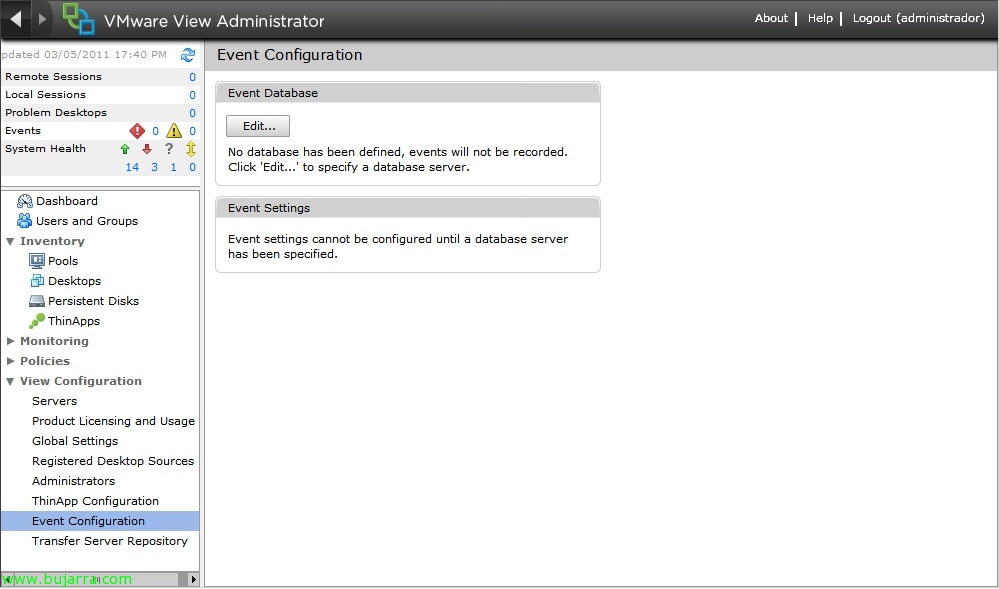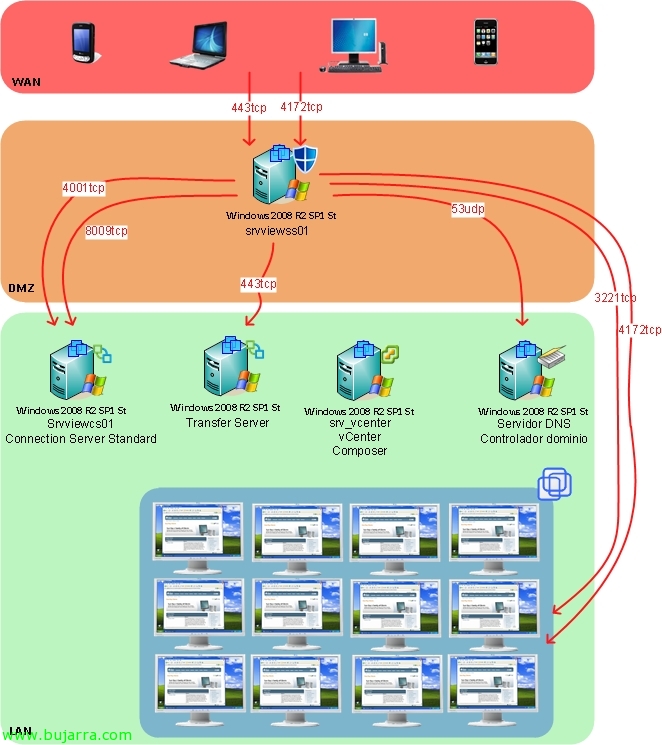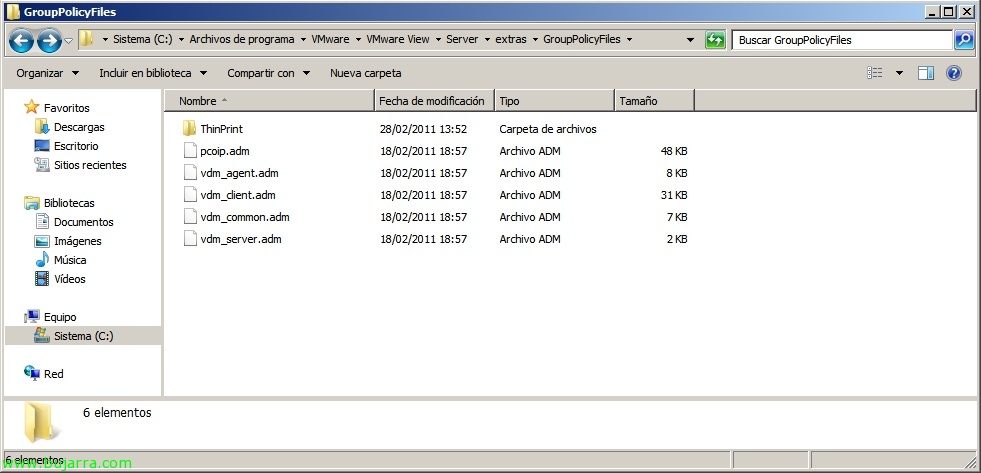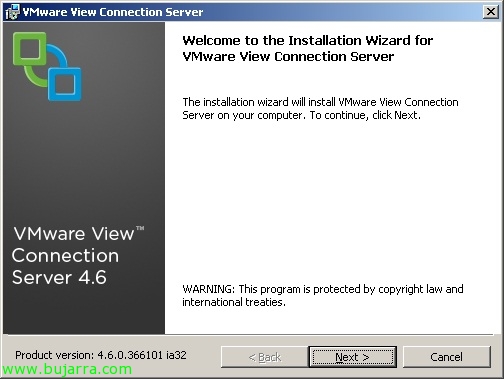Using VMware ThinApp in VMware View 4.6
In this document, we'll look at how to integrate into VMware View 4.6 the applications we can distribute with VMware ThinApp, With this we will be able to achieve a clean distribution of equipment and distribute applications that users need through streaming with all the advantages that the combination of both technologies entails,











































